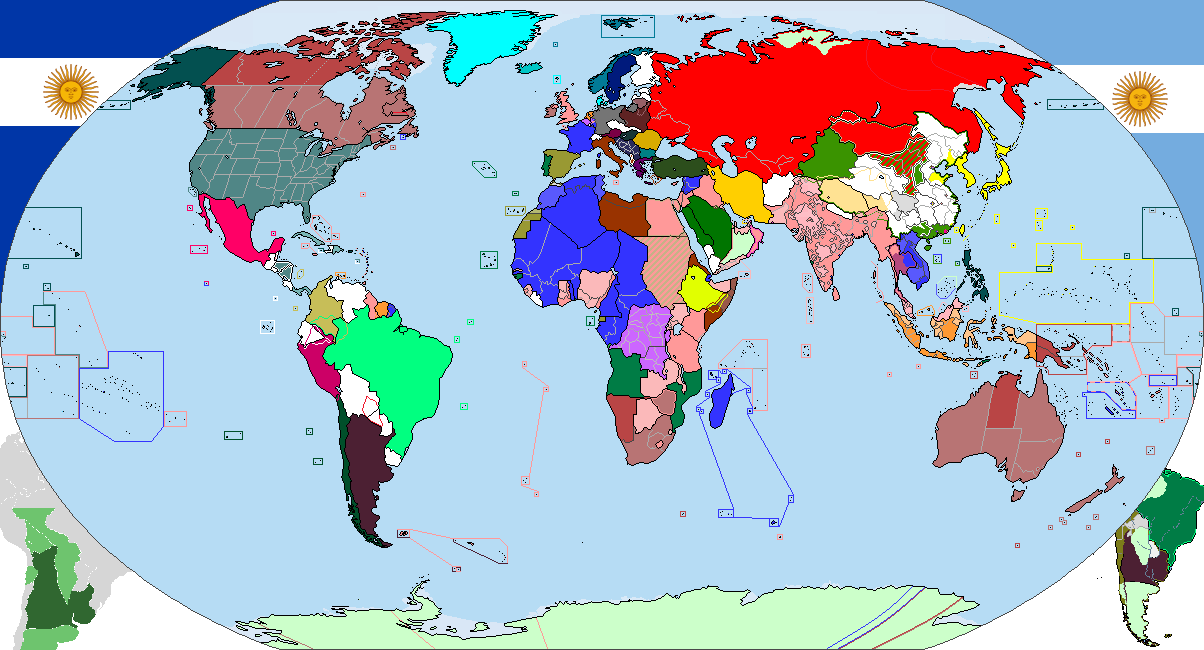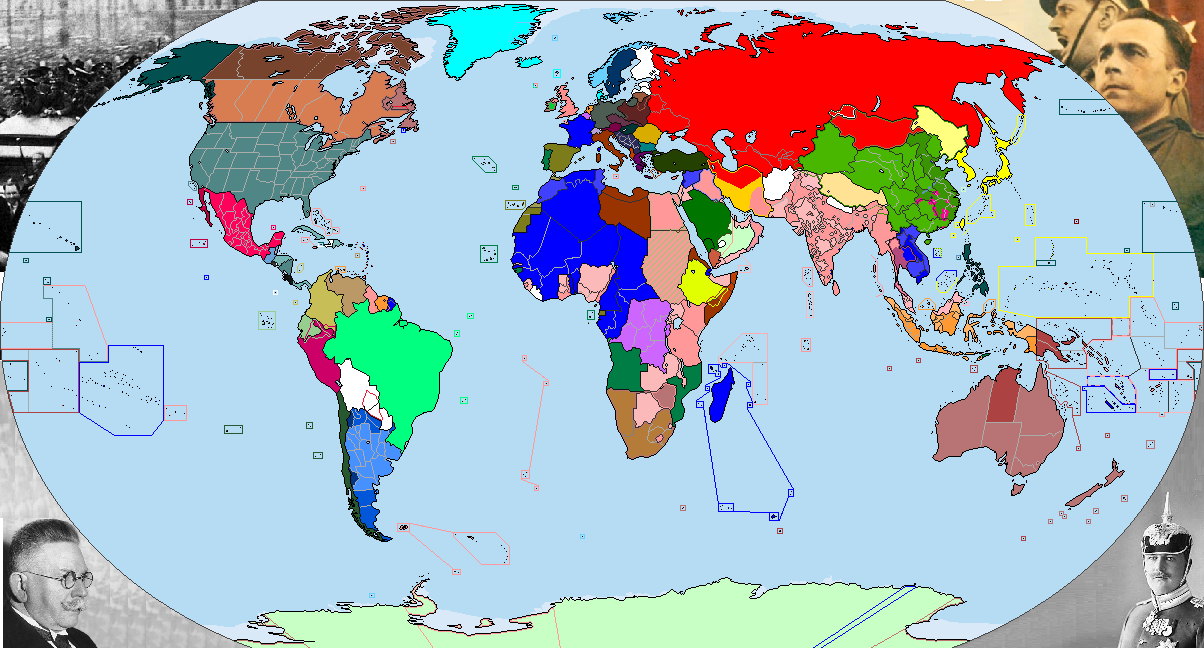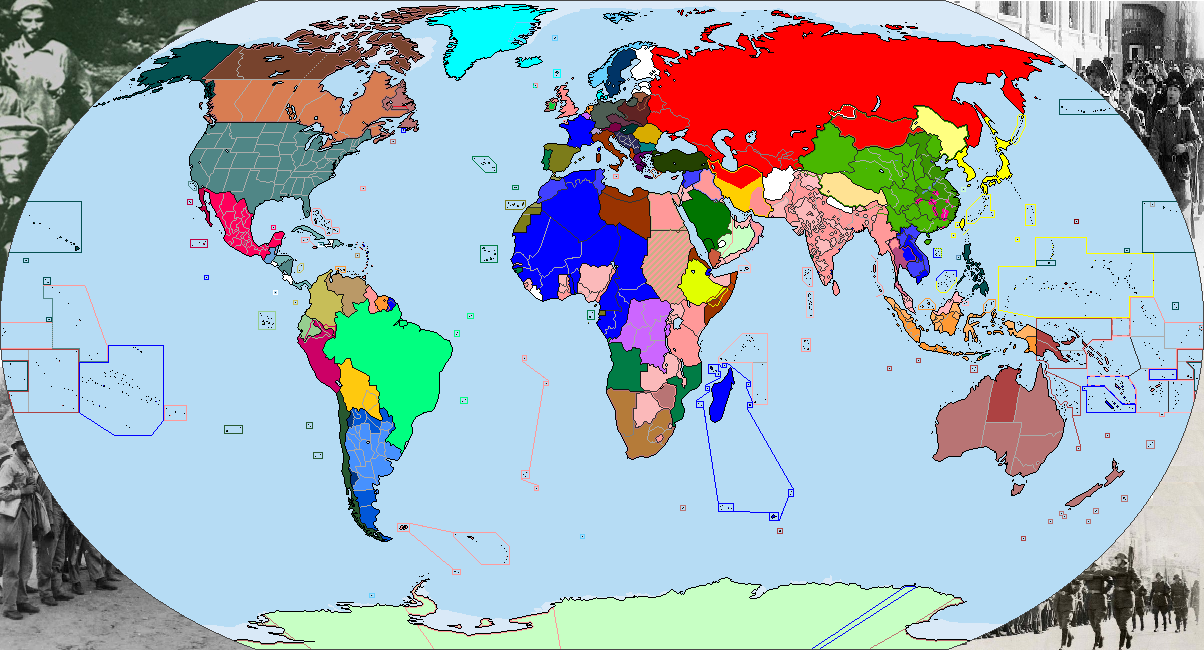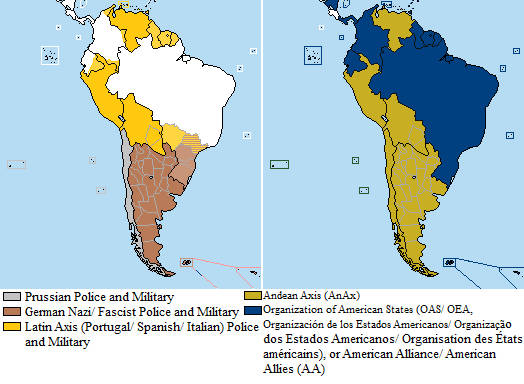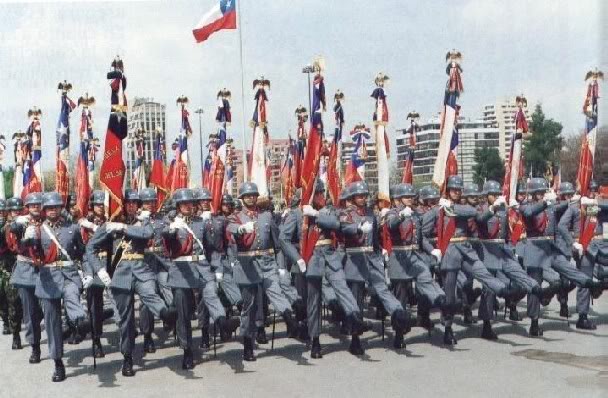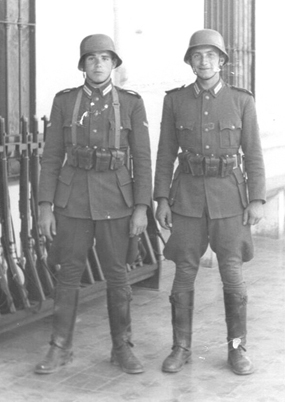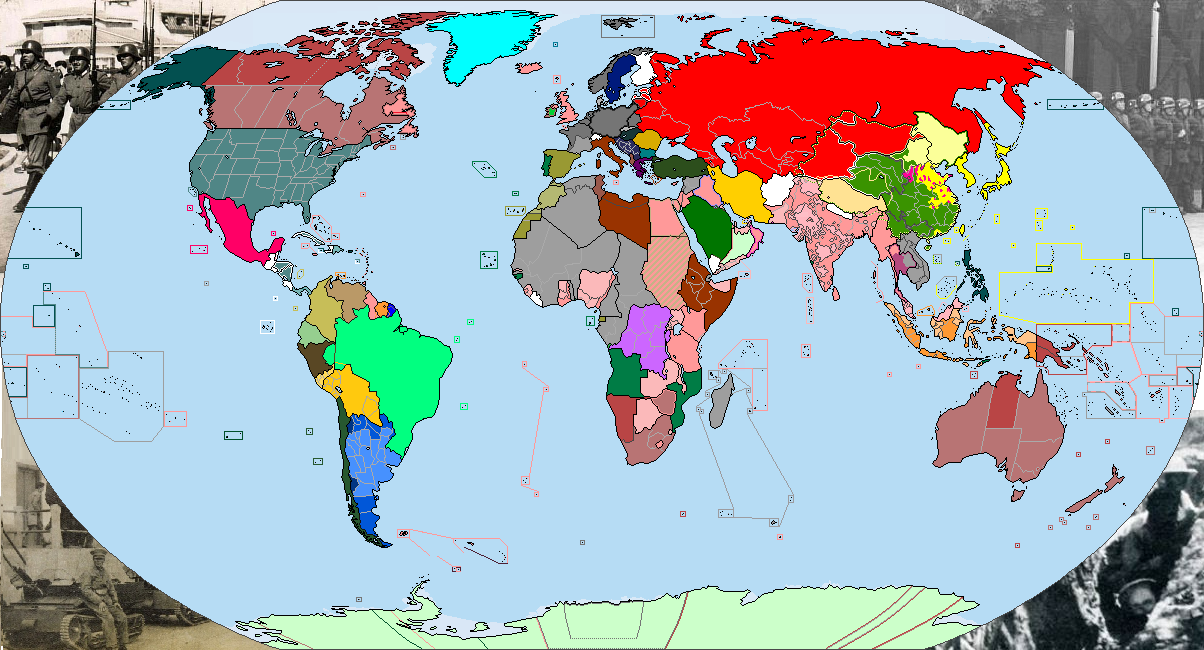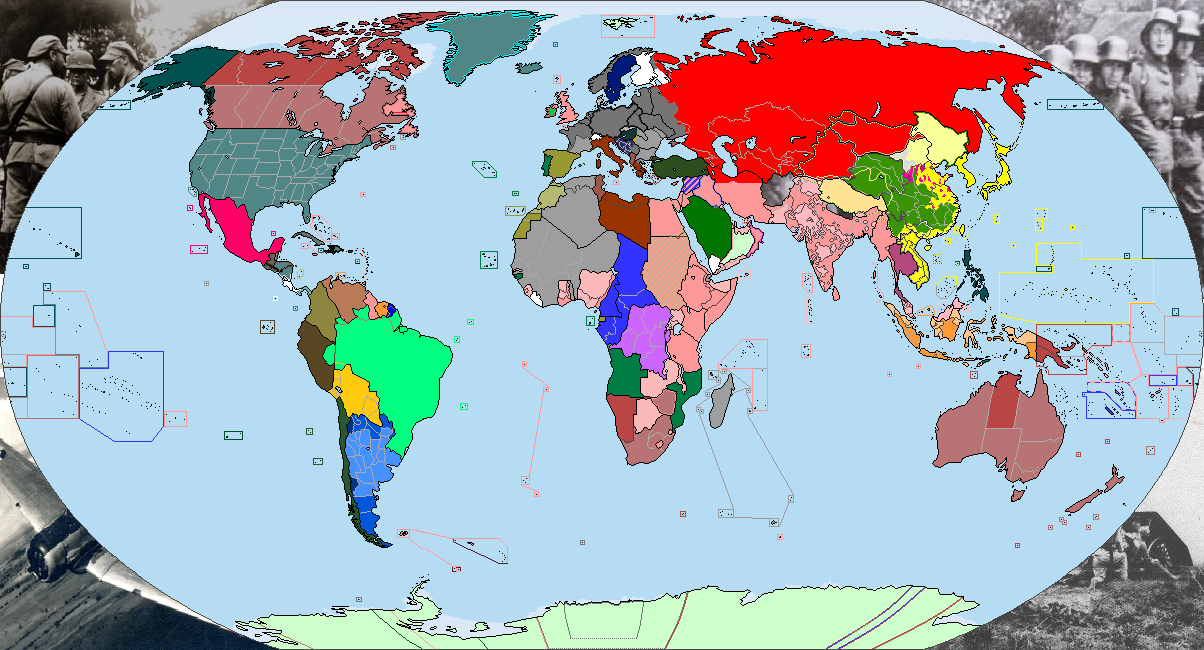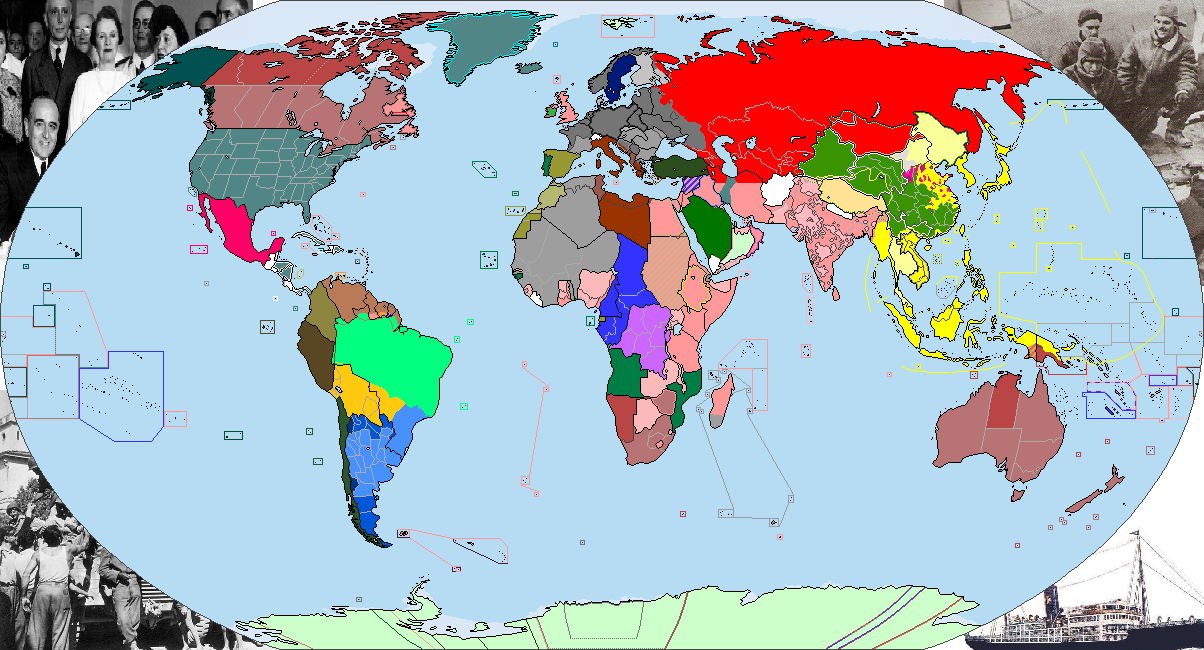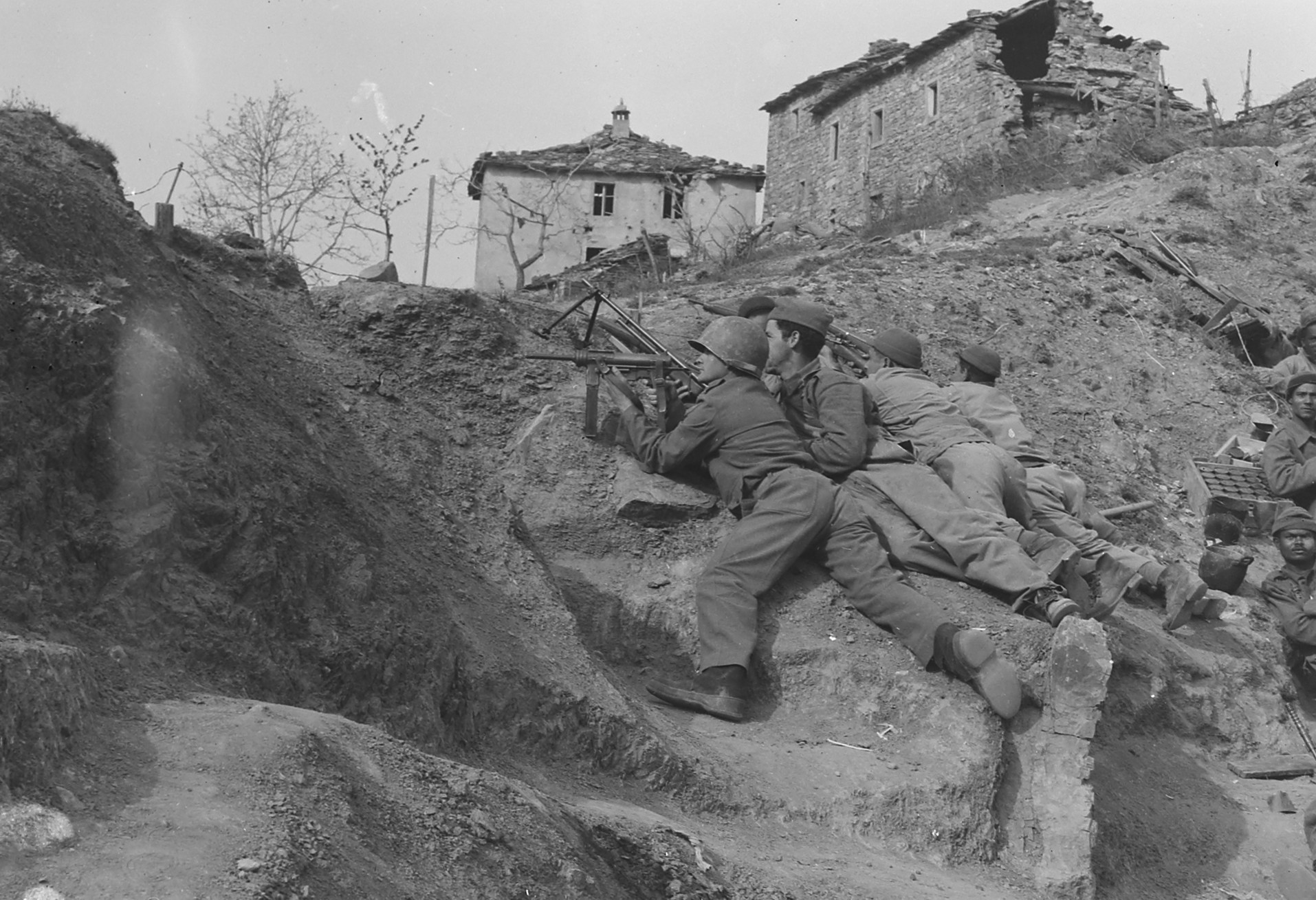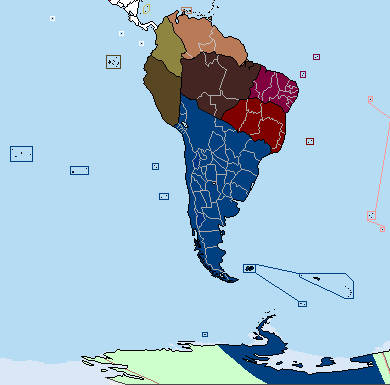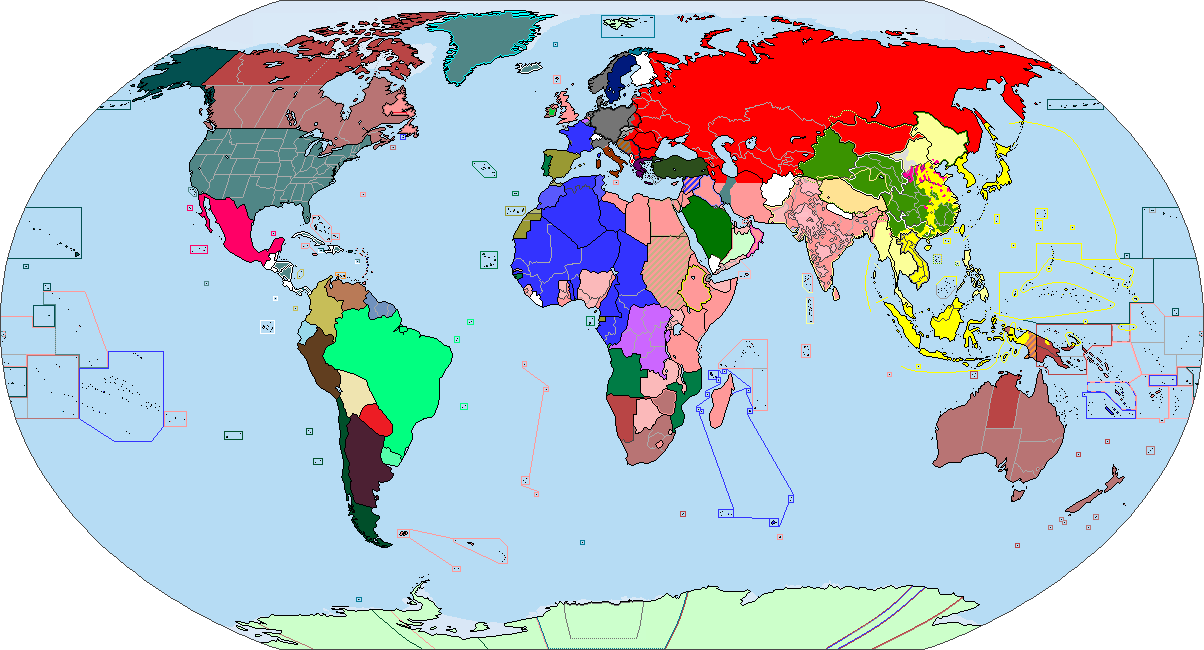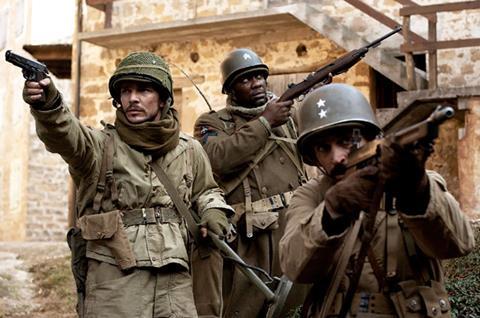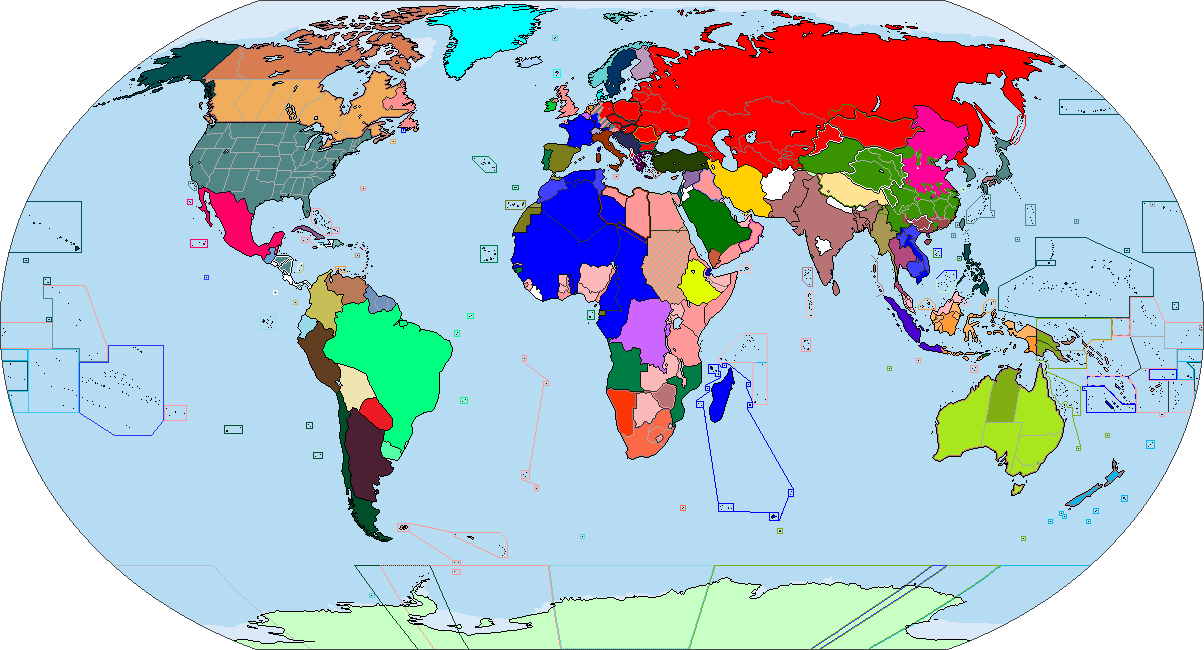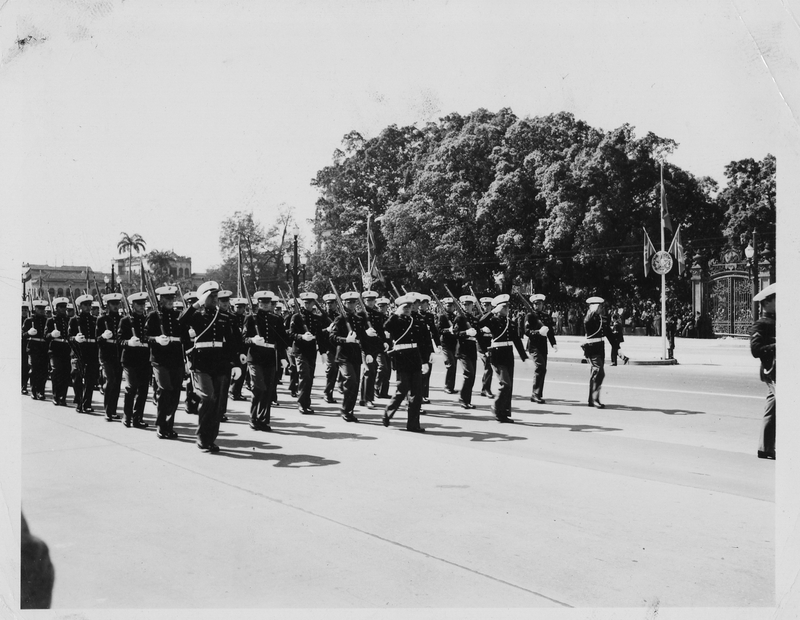Chapter One: Conspiracy Theories

With the End of the German Civil War started with the Beer Hall Putsch and resulting in Nazi, Socialist and Communist uprisings across the Republic of Germany, mainly in Bavaria, Thuringia and Saxony, many German Socialists and Communists who had survived and hidden fled to the Soviet Union, France, or Hungary, while some of the Fascists and Nazi’s fled to Argentina, Brazil, Chile and Uruguay over the Fascist Italian Kingdom led by Benito Mussolini. Especially members of the Nazi SA Paramilitary and Nazi Sympathizers in the military quickly found themselves welcomed with open arms into the Argentinian police and military to help build them up to a more modern standard, growing overall German, but also German Fascist and German Nazi influence in both branches. One of these Germans, a certain Senor Adolfo Hitler soon had the interest of Argentinian Fascist and Argentinian Nationalist groups. While he was not the only prominent and skilled one coming, alongside figures like Joseph Göbbels, Herman Göring, Adolf Eichmann, Josef Mengele, Aribert Heim, Erich Priebke, Eduard Roschmann, Ludolf von Alvensleben and others, what differanciated Hitler from even Goebbels who soon would work for the Argentinian state in media and propaganda affairs over radio was the fact that Senor Hitler adopted an overall ideology for Argentina. In public speeches, his own newspaper and radio station from Buenos Aires he talked about the former Greatness of the Viceroyalty of Rio de La Plata, a Greater Argentina that had dominated and guided the South American Continent and much of Latin America. According to Senor Hitler all of this had fallen because the Caucasian Southern Europid Latin/ Roman/ Iberian/ Spanish, had been back-stabbed by the mixed race Mestizo and Amerindians, meaning they were closely related and controlled by the Judeo-Bolshevic Cabal working against the true white and Christian Catholic Argentinian La Plata. An absurd idea and theory, but one that soon found many followers among the Argentinian Fascists and Argentinian Nationalists. According to Hitler the European Argentinian while not completely German themselves had been very directly Germanic ruled and influenced by Goths, Franks and others so they were at least culturally higher then all other non-Germanic Races.

This way Senor Hitler combined local and own racial theories and opposed the centrist and liberal party government of the Radical Civic Union and sought to form a coalition government out of Argentinian Fascists and Argentinian Nationalists like the National Fascist Party Argentina, Argentinian Patriotic League, Nacionalista Argentina, Fascista Argentina, the Argentine Armed Forces and the Argentine Police were the Fascists and Nationalists had Sympathizers. Senor Hitler blamed the Jews, Socialists and Communists for the shortcomings and problems of Argentina and would later see the February Revolution of the Revolutionary Febrerista Party in Paraguay leading to the left-leaning presidency of former Colonel Rafael Franco. Therefor Senor Hitler referred to it’s Northern Neighbor as Soviet Paraguay, Socialist Paraguay, Jewish Paraguay or Bolshevik Paraguay. A nation he hated as much as the Federal Republic of Brazil in the North, which while more so like the Untied States of America then the Soviet Union still displayed an ugly face to Senor Hitler by keeping down the Brancos (White) people in the South of the Country and the capital region, while multiracial Pardos and African Pretos dominated the Center and the North of Brazil and according to Senor Hitler, also much of it’s politics and government, oppressing the superior white southern population. It was such racial statements and views that would provoke the later Conquista del Norte (Nordfeldzug/ Northern Conquest, or War for Lebensraum) against Brazil, the attempt to annex and integrate the southern Brazilian Provinces as Comissariat de Rico (Reichskommissariat) similar to how Uruguay had been reintegrated with Argentina (de vuelta a casa, the back home movement and Anschluss/ Annexation/ Reintegration), or the division of Paraguay together with Falange Socialista Bolivia under Óscar Únzaga de la Vega as part of the Andean Axis (officially Bueanos Aires-Santiago Axis, also later Anden Achse/ Aden Achsenmächte) in the attempt to recreate the dominant hegemony and glorious times of old Viceroyalty of Rio de La Plata/ Rio de La Plata/ Greater Argentina (Gran Argentinia), or el Imperio (das Reich/ the Empire as it would be called).


With the End of the German Civil War started with the Beer Hall Putsch and resulting in Nazi, Socialist and Communist uprisings across the Republic of Germany, mainly in Bavaria, Thuringia and Saxony, many German Socialists and Communists who had survived and hidden fled to the Soviet Union, France, or Hungary, while some of the Fascists and Nazi’s fled to Argentina, Brazil, Chile and Uruguay over the Fascist Italian Kingdom led by Benito Mussolini. Especially members of the Nazi SA Paramilitary and Nazi Sympathizers in the military quickly found themselves welcomed with open arms into the Argentinian police and military to help build them up to a more modern standard, growing overall German, but also German Fascist and German Nazi influence in both branches. One of these Germans, a certain Senor Adolfo Hitler soon had the interest of Argentinian Fascist and Argentinian Nationalist groups. While he was not the only prominent and skilled one coming, alongside figures like Joseph Göbbels, Herman Göring, Adolf Eichmann, Josef Mengele, Aribert Heim, Erich Priebke, Eduard Roschmann, Ludolf von Alvensleben and others, what differanciated Hitler from even Goebbels who soon would work for the Argentinian state in media and propaganda affairs over radio was the fact that Senor Hitler adopted an overall ideology for Argentina. In public speeches, his own newspaper and radio station from Buenos Aires he talked about the former Greatness of the Viceroyalty of Rio de La Plata, a Greater Argentina that had dominated and guided the South American Continent and much of Latin America. According to Senor Hitler all of this had fallen because the Caucasian Southern Europid Latin/ Roman/ Iberian/ Spanish, had been back-stabbed by the mixed race Mestizo and Amerindians, meaning they were closely related and controlled by the Judeo-Bolshevic Cabal working against the true white and Christian Catholic Argentinian La Plata. An absurd idea and theory, but one that soon found many followers among the Argentinian Fascists and Argentinian Nationalists. According to Hitler the European Argentinian while not completely German themselves had been very directly Germanic ruled and influenced by Goths, Franks and others so they were at least culturally higher then all other non-Germanic Races.

This way Senor Hitler combined local and own racial theories and opposed the centrist and liberal party government of the Radical Civic Union and sought to form a coalition government out of Argentinian Fascists and Argentinian Nationalists like the National Fascist Party Argentina, Argentinian Patriotic League, Nacionalista Argentina, Fascista Argentina, the Argentine Armed Forces and the Argentine Police were the Fascists and Nationalists had Sympathizers. Senor Hitler blamed the Jews, Socialists and Communists for the shortcomings and problems of Argentina and would later see the February Revolution of the Revolutionary Febrerista Party in Paraguay leading to the left-leaning presidency of former Colonel Rafael Franco. Therefor Senor Hitler referred to it’s Northern Neighbor as Soviet Paraguay, Socialist Paraguay, Jewish Paraguay or Bolshevik Paraguay. A nation he hated as much as the Federal Republic of Brazil in the North, which while more so like the Untied States of America then the Soviet Union still displayed an ugly face to Senor Hitler by keeping down the Brancos (White) people in the South of the Country and the capital region, while multiracial Pardos and African Pretos dominated the Center and the North of Brazil and according to Senor Hitler, also much of it’s politics and government, oppressing the superior white southern population. It was such racial statements and views that would provoke the later Conquista del Norte (Nordfeldzug/ Northern Conquest, or War for Lebensraum) against Brazil, the attempt to annex and integrate the southern Brazilian Provinces as Comissariat de Rico (Reichskommissariat) similar to how Uruguay had been reintegrated with Argentina (de vuelta a casa, the back home movement and Anschluss/ Annexation/ Reintegration), or the division of Paraguay together with Falange Socialista Bolivia under Óscar Únzaga de la Vega as part of the Andean Axis (officially Bueanos Aires-Santiago Axis, also later Anden Achse/ Aden Achsenmächte) in the attempt to recreate the dominant hegemony and glorious times of old Viceroyalty of Rio de La Plata/ Rio de La Plata/ Greater Argentina (Gran Argentinia), or el Imperio (das Reich/ the Empire as it would be called).

Last edited:
